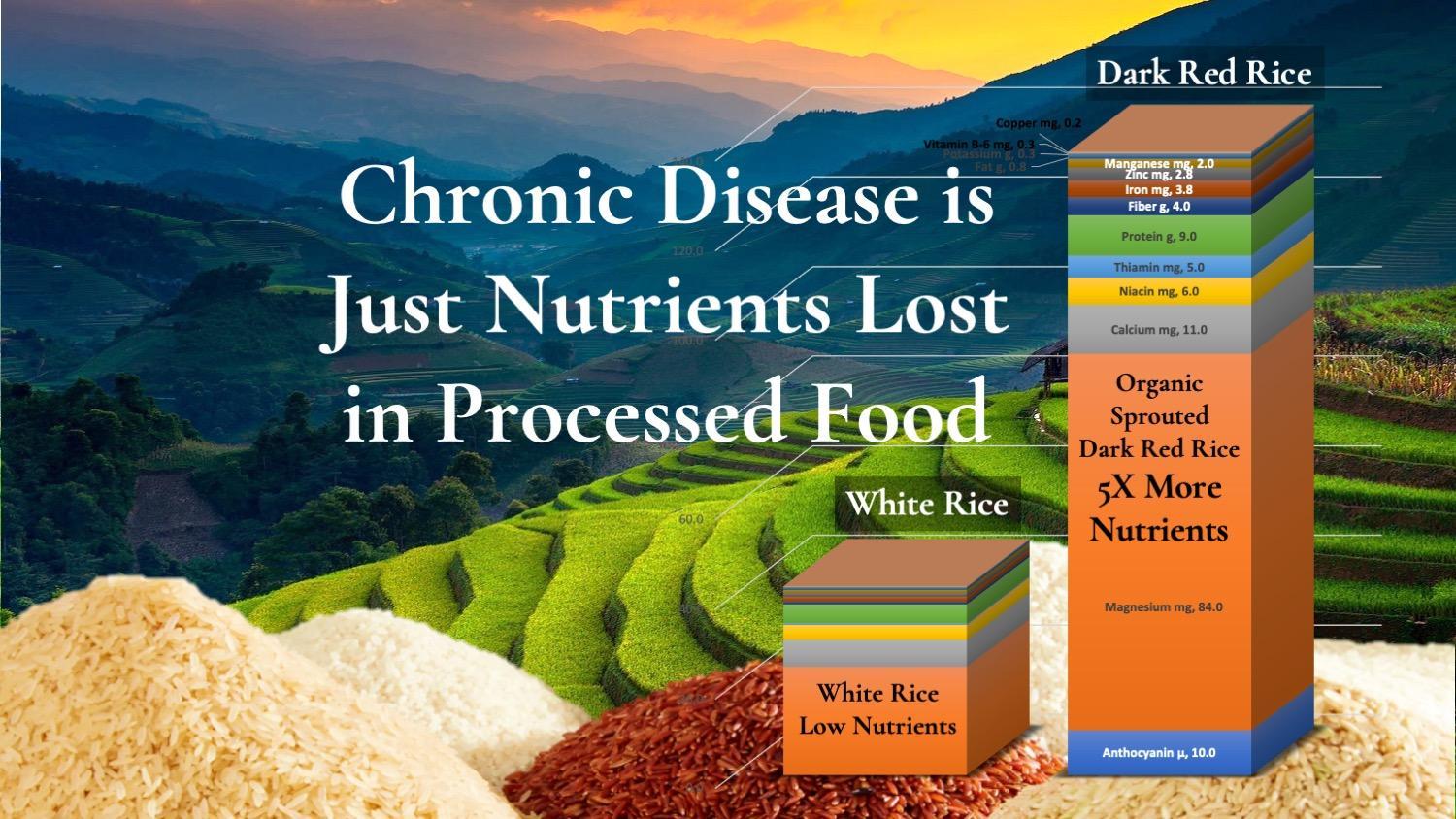
Four-time Nobel Prize Winner Dr. Linus Pauling once said: “Every sickness, every ailment, and every disease can be traced back to an organic trace mineral deficiency.” And it’s still true. What is ONE SINGLE thing that could end chronic disease? All of them: Diabetes, cancer, hypertension, heart disease, malnutrition, etc? It is THIS: Eat whole foods, unrefined. Instead of processed grains, eat dark rice and whole wheat flour. Forget white rice and white flour. This study below shows that nutrients lost in milling rice and wheat are the SAME EXACT DEFICIENCIES that CAUSE our worst diseases! It’s true. See the charts below. I was very surprised. To end chronic disease in the world we must grow food without chemicals, and mill only the hard outer husk. However, if we keep the most nutritious grain outer layers, soak our grains before cooking, and eat them with other fresh foods, we will ALL BE HEALTHY! Why do we throw away the most nutritious part of the seed, but then wonder why we get sick and die? Ha Ha! I am laughing, but I am totally serious.
Executive Summary:
Yes. It is true. Red rice, black, and brown rice are 5X FIVE TIMES higher in nutrients than white rice! We know that heart disease, diabetes, cancer, obesity, and high blood pressure are increasing in the world. These are the top high-risk co-morbidity ailments that make Covid more dangerous. Maybe Covid is a perfect storm to teach us. In the past few hundred years rising nutritional deficiencies, stress, and lack of harmony with Nature, have led to dangerously poor health worldwide.
For thousands of years our rice was dark red or black in color. A few hundred years ago British and Dutch traders brought machines to Asia that milled the rice to make it pure white. This was the birth of a global industry. And also the beginning of high-glycemic, low fiber, low-nutrient food, and poor health all over the world.
I LOVE the flavor of dark red rice, and I never eat white rice. Dark rice is a delicious, gluten-free food directly from the earth. If brown or red rice is all you have, you can be quite healthy. If you soak it before cooking, it’s even MORE nutritious and support a long life. However, if you remove the nutritious outer layers, the grain becomes white, tasteless, high in sugar, and it will produce disease within a few generations. White grains are high in SUGAR, non-nutritious. It actually leeches and removes nutrients from your body. This is exactly we are doing to our children and all our foods. Why do we refine the foods, throw away the best nutrients, and get sick?
How Does Nutrient Deficiency Causes Chronic Disease?
Poor soil and over-processing leads to loss of essential elements, especially minerals. For example, Diabetes is associated with a high-glycemic, low-fiber diet lacking key minerals like Magnesium, Manganese, and Niacin. Red Rice solves that problem as it is just the opposite: low glycemic, high-fiber, 347% higher in Magnesium, 286% higher in Manganese, and 176% higher in Niacin. Take hypertension (high blood pressure), the #1 Covid co-morbidity, caused by a high-glycemic, low-fiber diet deficient in Potassium and Magnesium. However sprouted dark red rice solves this problem as it is low glycemic, high fiber, loaded with Potassium and Magnesium. One more example is Cancer, often linked to a high-glycemic diet lacking in Zinc, Iron, Vitamin C, and Vitamin B. However, dark red rice once again can mitigate this issue as it is richly endowed with these very minerals. See charts below. I am amazed.
The Solution
Eat less food, but nutrient-rich whole food. Eat fresh food, unprocessed, direct from the earth. The solution is not too radical. It just means we stop using all farming toxins. We cultivate organically. We remove only the hard outermost hull of grains, which requires a specialty hulling machine. We soak and sprout grains before cooking. In theory, we could all live on this and very little else. And we’d enjoy radiant health with no chronic disease.
What Happened to Rice?
Rice is the #1 primary staple food for over half the people in the world – more than 3.5 billion people depend on it for nutrition. Gluten-free. So maybe it’s important. Researchers have discovered that the earliest prehistoric ancestor of modern rice was found in China. It was wild, dark red in color, and highly nutritious. Archeologists have found evidence that Paleolithic people gathered wild grasses and pounded them with stones in many parts of the world. Then perhaps 10,000 years ago Oryza sativa seeds were first cultivated in Asia. This year we will consume almost 500 million metric tons of rice worldwide.
Around 1700 CE, it seems British colonial traders in Asia introduced new hulling machines that removed not only the hard hull, but also the nutritious outer layers, producing perfectly white rice to sell in international markets. The new white rice was popular, beautiful, shiny, quicker to cook, with mild flavor that pleasingly absorbed flavors of foods around it. The only unseen problem was that heavy milling (polishing) white rice caused a 71% loss in nutrients. Even worse, their new white rice was high-glycemic, a simple carbohydrate that raised blood sugar quickly, unlike the old-fashioned whole grain, slowly digested complex carbs. We know that high glycemic foods are high-risk for diabetes. Now after five hundred years, over 450 million people worldwide have diabetes, a growing epidemic that parallels exactly the rise in industrial foods.
Poor soil from a steady dose of pesticides and herbicides in the past 100 years has reduced nutrient quality in our foods, endangering all life forms from humans to insects. When we measure the vast difference in nutritional qualities between red rice and white rice, we understand how white rice is at the root of world malnutrition and suffering. It’s clear that we can reduce the risk of diabetes by eating dark red, black, or brown rice instead of white rice. We can ensure health of nature and our children by eating organic foods. As we rediscover the rice of our great-great-grandmothers, we can begin to manifest a modern life of balanced, sustainable health and happiness. This is an important tradeoff and personal choice that affects our health, longevity, and all future generations.
Prehistoric Rice was Wild and Dark Red
Early wild versions of rice were dark red in color. Researchers at Cornell discovered a wild ancestor of red rice in China that could have been gathered by humans. Perhaps some 10,000 years ago rice cultivation began. Over time rice seeds were genetically selected for a light color. Researchers speculate that farmers chose whiter rice varieties because they cooked faster, required less fuel, hulls were easier to remove than red rice, and insects were easier to see amid the white grains.
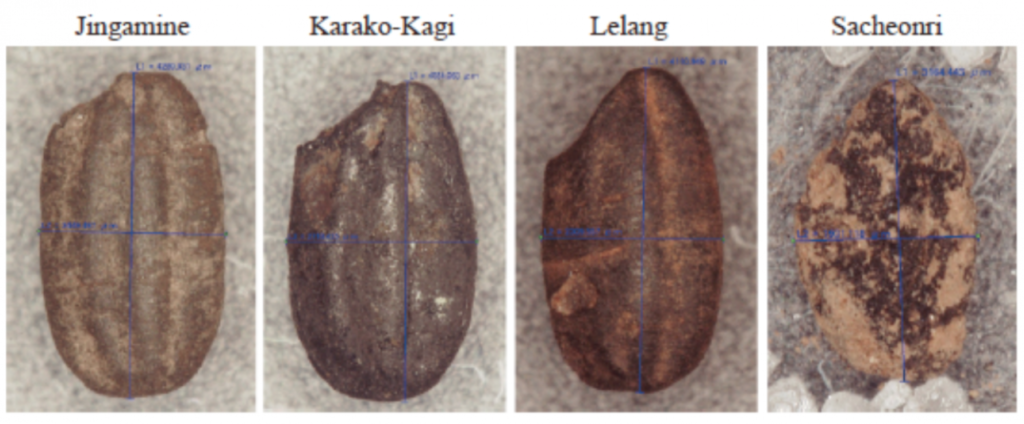
DNA studies suggest that 10,000 years ago, before cultivation, all rice was red in color from dark pigment in the hull.
Recent discoveries suggest our Paleolithic ancestors ate wild grasses regularly.
An ancient site in Israel yielded a large collection of grains dated to 23,000 years ago, according to a 2004 published paper from Proceedings of the National Academy of Sciences. Their paper details discoveries of Paleolithic-era grain residues on 30,000-year-old grinding stones in Italy, Russia and the Czech Republic. The grains are mostly wild cattail and wild grasses.
“Prehistoric people ate what they could get their hands on. Eating is surviving.” says Huw Barton of Britain’s University of Leicester, who studies ancient starch grains. The assumption that prehistoric people didn’t eat grain “is just wrong. It’s misinformed,” he says. Paleolithic hunter-gatherers began systematically gathering wild grasses for food. Eventually they gathered these plants in such large amounts that it influenced how the plants evolved, he says. Barton says. “We have found seeds of wild grasses, aquatic plants and root vegetables, all of which formed part of the hunters’ diet. Especially after an unsuccessful hunt, they had to go out and dig up roots.”
Machine-Milling Strips Minerals into the GARBAGE!
Rice is dried and then hulled to remove the tough outer layer. The important question is – how do you hull the grain? Hand hulling was the rule for thousands of years.
I can appreciate how difficult it is to hull large quantities of rice by hand. This is a traditional huller. Here at Keramas Sacred River Village in Bali, this old-fashioned huller is now a decorative antique. White rice has now substituted red rice for the last 400 years. Our top chronic ailments here are heart disease, diabetes, high blood pressure, Kidney and Liver diseases. These are all linked to low minerals and empty processed foods.
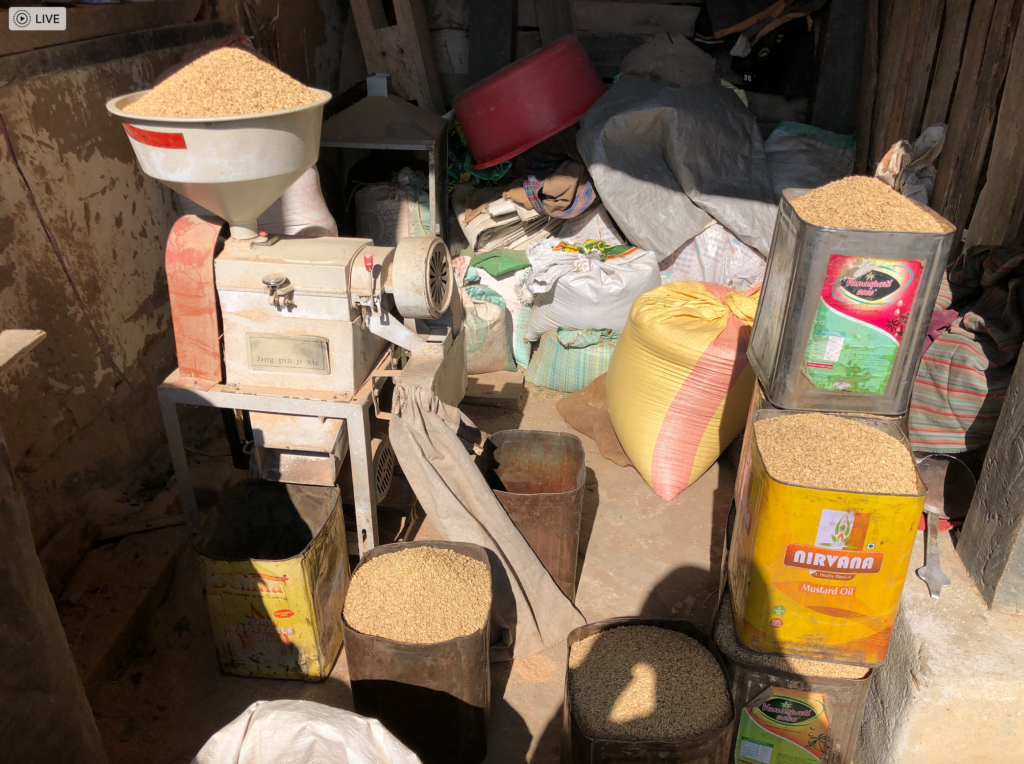
In Bhutan, my husband’s family acquired a rice hulling machine 27 years ago. Now his mother and about half of his family members have diabetes. I wonder why? Years ago he pounded the rice every day to remove the hull, a very laborious task! Their hand hulled rice was a very dark red color. Their first machine was diesel motor operated. This photo is their newer electric machine.
This standard hulling machine in Bhutan is a simple one-step electric huller that takes dried rice at the top. It rubs the rice grain to remove the hard red outer hull, along with much of the outer layer. The milled rice comes out a pale pink, almost white in color. The hard red hulls come out into a bucket in the back to be fed to the cows, who seem to enjoy radiant health! Below is a traditional hand-huller from India called a “desi”, which also retains far more minerals than most machine-hullers.
What’s removed in milling rice?
A grain of rice contains these parts: a Hull, Bran, Germ, and White Inner Endosperm. Every rice grain is enclosed in a tough hull which is considered indigestible. Underneath the hull is where the real nutrients are hidden in thin layers collectively known as the bran layer, which forms 5% to 8% of the weight. At the base of the grain is the embryo, or germ. Inside every rice grain is a starchy, white endosperm.
First step milling removes the outer hull or husk (about 20% of grain weight), resulting in dark or brown rice with its bran layer intact. This ‘unpolished’ rice is chewier, more nutrient dense, and can be directly cooked and eaten as dark red, black, or brown rice. In most cases it is further milled or polished to remove the bran layer and germ to create ‘white’ or ‘polished’ rice. All varieties of rice can be processed to a lesser or greater extent, to obtain either brown/unpolished rice, or white/polished rice.
Types of Rice
There are over 90,000 known species of rice, and more than 40,000 types cultivated.
Red rice is the original oldest species of rice in the world. Red rice is rich in anthocyanins, a group of dark flavonoid plant pigments with powerful antioxidant and anti-inflammatory properties also present in berries. Nowadays red rice is grown in mountain areas such as Bhutan, Indonesia, and Madagascar.
Black rice is sometimes called forbidden rice, once reserved for royalty in ancient China. It is rich in nutrients much like red rice, including anthocyanin antioxidants.
Brown rice is whole-grain non-pigmented rice in which only the outer hull is removed. It contains many vitamins, minerals and fiber. Rich in complex carbs, brown rice won’t spike your blood sugar, hence it helps control blood sugar. That’s why brown rice is usually a better choice than white rice.
Polished white rice is fully processed unpigmented rice in which the hull, bran layers and germ have all been removed, leaving only the inner white endosperm. It is by far the most popular form of rice in the world, however it is a high-glycemic simple sugar, known to spike blood sugar and increase the risk of diabetes. Harvard researchers recently found a significant trend worldwide that the more white rice eaten, the higher the risk of type 2 diabetes. Although white rice is hypo-allergenic and gluten free, it is nutritionally incomplete.
White rice has lost roughly 71% of its nutrients due to milling.
Red Rice Beats White Rice in Every Nutrient
By comparison, red rice is not only more flavorful than white rice, it is far higher in key nutrients often deficient in the modern diet. Do you notice below the minerals stripped from red rice are the exact same nutrient deficiencies in the world? I wonder – why do we throw the nutrients away?
No Sugar Spike with Red Rice.
White rice is high in simple carbohydrates, which are converted to simple sugar by the body after eating. This causes a glycemic effect, a rapid spike in blood sugar, increasing diabetes risk. In contrast, dark red rice has a lower glycemic index, is digested more slowly, causing a lower and gentler rise in blood sugar.
Anthocyanin: The dark color means it’s Anti-Cancer
Dark red and black rice are the only varieties that contain the anti-oxidant Anthocyanin. That makes it a powerful anti-cancer food, good for everyone.
Iron: 341% higher in red rice, for healthy oxygenated blood
Iron is vital to transport oxygen to cells via the blood. A shortage of iron can lead to serious health problems, fatigue, low cell oxygenation, and accelerated aging. Anemia affects 33% of the world’s population, mostly due to iron deficiency.
Zinc: 350% higher in red rice, to prevent tuberculosis and malaria
Zinc is a trace element required for a healthy immune system. A lack of zinc can make a person more susceptible to disease. Zinc deficiency is characterized by retarded growth, loss of appetite, low immune function, and diarrhea. Zinc deficiency affects 31% of the world’s population, especially in rice consuming areas of Asia and Africa. Insufficient dietary Zinc is responsible for lower respiratory tract infections such as tuberculosis, 18% of malaria and 10% of diarrhea. (Since zinc absorption is inhibited by seed coatings in unsoaked rice, for optimal health benefits, soak your red rice for 12-20 hours before cooking.)
Manganese: 286% higher in red rice, prevent diabetes and stabilize blood sugar
Manganese is a critical mineral that helps reduce inflammation and maintain blood sugar levels. Manganese deficiency causes impaired growth, low reproductive function, skeletal deformities, impaired sugar tolerance, low carbohydrate and fat metabolism.
Magnesium: 347% higher, to prevent diabetes and hypertension
Magnesium is crucial to body function, to keep blood pressure normal, bones strong, and the heart rhythm steady. In the USA 75% of adults are believed to be deficient in magnesium, which is associated with osteoporosis, inflammation, heart disease, and diabetes.
Potassium: 208% higher, to prevent high blood pressure and heart disease.
One of the most important minerals in the body, potassium helps regulate fluid balance, blood pressure, muscle contractions, and nerves. It helps regulate moods and mental balance. Potassium deficiency has been associated with hypertension, heart disease, and risk of stroke. Hypertension is currently one of the most urgent public health problems globally.
Thiamine, Vitamin B1, 1667% higher, for a strong nervous system.
Thiamine is a cofactor (molecular helper) for several enzymes responsible for breaking down of sugars and carbohydrates to release energy for growth and nerve function. It builds strong nerve myelin sheath and muscle tone. Vitamin B1 deficiency causes beriberi, low energy levels, weak nerves, and muscle wastage.
Calcium, 183% higher in red rice, for heathy bones.
Calcium deficiency has been linked to depression, mood disorders, poor blood clotting, and weak muscles. Almost half the population in rice consuming nations are said to have dietary calcium deficiency in critical years of growth.
Copper, 212 % higher in red rice, for healthy red blood cells
Adequate copper levels support healthy bones and prevent osteoporosis. Deficiency in copper can be linked to anemia and neutropenia (low white blood cells).
Niacin – 176% higher in red rice, for healthy blood sugar, efficient metabolism.
A subtle and critical nutrient that helps convert carbohydrates into glucose, metabolize fats and proteins, niacin keeps the nervous system working properly. Niacin deficiency can cause depression, fatigue, and apathy.
Vitamin B6 – 300% higher in red rice, for brain health
Adequate pyridoxine can prevent depression, boost brain function, and reduce Alzheimer’s risk. It assists hemoglobin production, protein, metabolism and the creation of red blood cells. Vitamin B6 deficiency is associated with skin rashes, mood changes, low energy, and seizures.
Fiber – Red rice has 667% more fiber than white rice.
Fiber is our friend. It keeps the digestive machine humming for clean intestines and healthy bowels. Fiber is the primary ingredient lacking in the modern diet, leading to stagnation, buildup in the gut, and obesity. Red rice helps prevent constipation as its high fiber helps clean the lining of the intestines to move through and stay clear of mucous accumulation. White rice by comparison is softer and quicker to digest, but can also get stuck and cause weight gain as it is high glycemic, and cannot clean as it is lacking in fiber.
Constipation can be greatly assisted by the fiber in red rice.
The Journal of Neurogastroenterology and Motility reports the prevalence of constipation in the world to be from 8.2% to 32.9%. Due to the high content of fiber, beyond its superior nutrient qualities, red rice also able to prevent constipation to facilitate healthy digestion.
However, the successful bowel action of fibrous red rice depends on soaking it for 12-30 hours before cooking. It is necessary to soak unprocessed rice to remove indigestible seed coatings known as phytates, which irritate the gut lining. Then rinse well, drain, and cook. You will need to adjust the cooking time, as unprocessed red rice may require more cooking from 30 to 45 minutes in a rice cooker. Just remember, this is what your great great grandmother did every day, so it’s no problem.
Protein – 212% higher in red rice, for healthy muscle tone.
Our body needs amino acids for the growth and maintenance of cells and tissues. Deficient protein can cause unhealthy skin, weak hair and nails, increase the risk of bone fractures, and loss of muscle tissue.
Soaked or Sprouted Red Rice is rich in amino acids and GABA.
One way to cook brown rice for optimum nutrition is called Gamma-aminobutyric acid (GABA brown rice) or germinated brown rice (GBR).
Soak or sprout to maximize protein and other nutrients in GABA rice:
Soak unprocessed rice in warm water (38 C) for 20 hours before cooking as usual. This will stimulate germination to enable healthy enzymes in unprocessed rice. This increases the concentration of Gamma-aminobutyric acid (GABA) as a healthy superfood which can promote growth hormone in humans. That’s why unprocessed red rice is often used by bodybuilders who require acidic protein for muscle development.
Empty food causes low immunity, and disease. A few generations ago these illnesses were unknown. ?Could these missing nutrients be at the root of the forgotten pandemics?- the comorbidities of Covid-19?
Healthy immune function depends on balanced nutrition. A Low-nutrient diet gives you poor immunity and you’re a walking invitation to Covid-19.
Mary’s Gone Crackers always uses certified organic, whole-food ingredients free of gluten. But if they’re made with unsoaked hard-to-digest grains, ground and baked at high temperatures, their nutrition is LOST, like so many other rice crackers. And this is a serious problem for Japan’s 10 million diabetics.
*When YOU shop, what motivates your grocery choices? Is it desire? Memory? Knowledge? Color? What guides you to put THAT into your cart?
So, How do we eradicate Pandemic #1: Low Essential Nutrients?
Spend more money on food, and eat less! Better yet, plant an organic garden and eat for free. Eat clean, fresh, local, whole, unprocessed, organic, untainted foods. Soak whole grains and boil them longer. Forget packaged industrial foods.
Use Low Temperature Cooking Methods to Retain Nutrients
High temperature destroys nutrients. Raw foods are high in nutrients. But heat destroys nutrients, like deep frying, pan frying, grilling, microwave, and baking. Low temperatures such as Steaming and boiling can never exceed 212 degrees, which retains more nutrients.
The current wave of diabetes has been coming for hundreds of years. How bad is the diabetes epidemic? It’s bad. Now over 450 million people suffer from diabetes. And our methods of milling rice have gradually shifted from labor-intensive pounding to quick and easy machine grinding. The effects of haphazard machine milling on human health has been devastating, and has brought us all the modern chronic diseases that we now face.
Conclusion:
Everyone loves the taste of red rice. After soaking, the texture is fluffy, soft, and the flavor rich and nutty. It is a rich source of protein, vitamins, and minerals, giving a high level of satisfaction, and a sense of being full without weight gain.
Scientists in Philippines recently discovered that dark colored rice offers the highest sprouting ability. According to Dr. Romero, sprouted pigmented rice is more nutritious than ordinary rice because sprouting activates the “sleeping enzymes” in the colored rice grains.
To produce sprouted pigmented rice:
- Wash the brown rice and soak it for 24 hours
- Drain and air-dry it for another 24 hours.
- The de-hulled rice will sprout in the process.
- Cook and eat.
Although I’m still a beginner at understanding rice, I believe that people would benefit from consuming more red rice, minimally hulled, and then sprouted. Especially people who depend on rice every day for nutrition. Sprouted red rice is a superior whole food that can be eaten at every meal to promote vibrant health without drawbacks. The flavor is rich, nutty and satisfying. Just try it yourself and you’ll taste the difference.
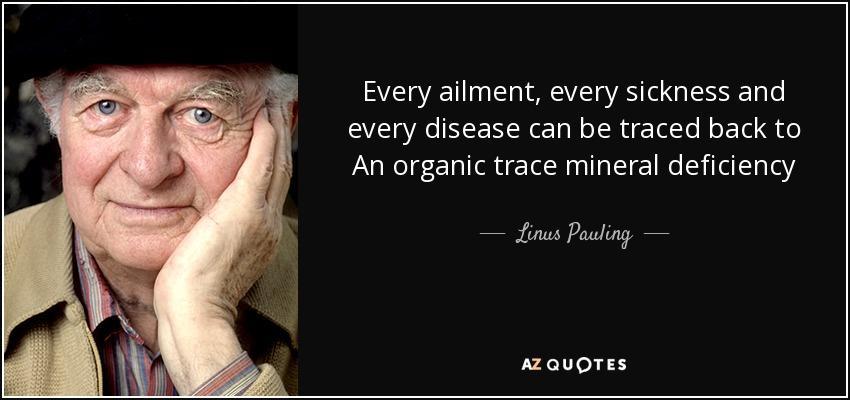
Resources:
- https://www.ncbi.nlm.nih.gov/pmc/articles/PMC6043450/
- https://www.icar-iirr.org/journal%202017-10-9.pdf
- https://www.ncbi.nlm.nih.gov/pmc/articles/PMC3551059/
- https://www.health.harvard.edu/blog/sprouted-grains-nutritious-regular-whole-grains-2017110612692https:/
- /www.spartandiet.org/blog/2013/6/3/sorry-paleo-people-grains-are-part-of-the-human-diet
- https://www.ncbi.nlm.nih.gov/pmc/articles/PMC5816734/
- https://karalydon.com/healthy-eating/rice-nutrition-varieties-cooking/
- https://pubmed.ncbi.nlm.nih.gov/29514441/
- https://www.healthline.com/nutrition/healthiest-rice#recommendation
- https://www.ncbi.nlm.nih.gov/pmc/articles/PMC6025443/
- https://www.sciencedirect.com/science/article/pii/S0924224414002386
- https://www.ncbi.nlm.nih.gov/pmc/articles/PMC3996977/
- https://blogs.scientificamerican.com/observations/humans-feasting-on-grains-for-at-least-100000-years/
- http://factsanddetails.com/world/cat54/sub343/entry-6026.html#chapter-10
- https://www.nationalgeographic.com/culture/food/the-plate/2015/09/11/ancient-oat-discovery-may-poke-more-holes-in-paleo-diet/
- https://www.westonaprice.org/health-topics/food-features/be-kind-to-your-grains-and-your-grains-will-be-kind-to-you/
- Sun Q., Spiegelman D., van Dam R.M., Holmes M.D., Malik V.S., Willett W.C., Hu F.B. White rice, brown rice, and risk of type 2 diabetes in US men and women. Arch. Intern. Med. 2010;170:961–969. doi: 10.1001/archinternmed.2010.109. [PMC free article] [PubMed] [CrossRef] [Google Scholar]
- http://ricepedia.org/rice-as-food/white-and-brown-rice
- https://www.researchgate.net/publication/319238117_Rice_Milling_Technology_to_Produce_Brown_Rice
- Panneerselvam P., Binodh A.K., Kumar U., Sugitha T., Anandan A. Microbial association in brown rice and their influence on human health. In: Manickavasagan A., Santhakumar C., Venkatachalapathy N., editors. Brown Rice.Springer International Publishing; Cham, Switzerland: 2017. pp. 159–181. [Google Scholar]
- https://archaeologynewsnetwork.blogspot.com/2010/10/stone-age-flour-found-across-europe.html
- journal 2017-10-9.pdf
- https://en.wikipedia.org/wiki/Brown_rice
- https://au.news.yahoo.com/the-difference-between-white-brown-and-red-rice-171300139.html
- https://food.ndtv.com/food-drinks/white-rice-brown-rice-or-red-rice-which-one-is-the-healthiest-747933
- https://www.chicagotribune.com/dining/ct-xpm-2013-07-24-ct-food-0717-gaba-rice-20130724-story.html
- https://www.iflscience.com/plants-and-animals/ancient-people-ate-porridge-32000-years-ago/
- https://sciencenordic.com/archaeology-denmark-food/stone-age-hunters-liked-their-carbs/1380102
- https://journals.plos.org/plosone/article?id=10.1371/journal.pone.0148136
- https://www.momsacrossamerica.com/arsenic_and_heavy_metals_found_in_world_s_most_popular_weed_killer
- https://www.sciencedirect.com/science/article/pii/S221475001730149X
- https://www.asianscientist.com/2012/03/health/white-rice-associated-with-type-2-diabetes-risk-in-asian-populations-2012/
- https://www.philstar.com/business/agriculture/2008/03/23/51479/sprouted-pigmented-rice-rich-source-nutrients
-
https://www.sciencedirect.com/science/article/pii/S2590259819300469
- https://www.sciencedirect.com/science/article/pii/S2590259819300469
- https://foodrevolution.org/blog/arsenic-in-rice/
- Mineral content of dehulled and well-milled pigmented and non-pigmented rice varieties in the Philippines: International Food Research Journal 25(5): 2063-2067 (October 2018) Journal homepage: http://www.ifrj.upm.edu.my
- Fairhurst T., Dobermann A. Rice in the global food supply. Better Crops Int. 2002;16:3–6.[Google Scholar]
- Zareiforoush H., Minaei S., Alizadeh M.R., Banakar A. Qualitative classification of milled rice grains using computer vision and metaheuristic techniques. J. Food Sci. Technol. 2016;53:118–131. doi: 10.1007/s13197-015-1947-4. [PMC free article] [PubMed] [CrossRef] [Google Scholar]
- Kale S.J., Jha S.K., Jha G.K., Sinha J.P., Lal S.B. Soaking induced changes in chemical composition, glycemic index and starch characteristics of basmati rice. Rice Sci. 2015;22:227–236. doi: 10.1016/j.rsci.2015.09.002. [CrossRef] [Google Scholar]
- Chen H., Siebenmorgen T.J., Griffin K. Quality characteristics of long-grain rice milled in two commercial systems. Cereal Chem. J. 1998;75:560–565. doi: 10.1094/CCHEM.1998.75.4.560. [CrossRef] [Google Scholar]
- Vetha Varshini P., Azhagu Sundharam K., Vijay Praveen P. Brown rice—Hidden nutrients. J. Biosci. Tech. 2013;4:503–507. [Google Scholar]
- Liu L., Guo J., Zhang R., Wei Z., Deng Y., Guo J., Zhang M. Effect of degree of milling on phenolic profiles and cellular antioxidant activity of whole brown rice. Food Chem. 2015;185:318–325. doi: 10.1016/j.foodchem.2015.03.151. [PubMed] [CrossRef] [Google Scholar]
- Ohtsubo K.I., Suzuki K., Yasui Y., Kasumi T. Bio-functional components in the processed pre-germinated brown rice by a twin-screw extruder. J. Food Compos. Anal. 2005;18:303–316. doi: 10.1016/j.jfca.2004.10.003. [CrossRef] [Google Scholar]
- Wu F., Yang N., Touré A., Jin Z., Xu X. Germinated brown rice and its role in human health. Crit. Rev. Food Sci. Nutr. 2013;53:451–463. doi:
- 1080/10408398.2010.542259. [PubMed] [CrossRef] [Google Scholar]
- Cho D.H., Lim S.T. Germinated brown rice and its bio-functional compounds. Food Chem. 2016;196:259–271. doi: 10.1016/j.foodchem.2015.09.025. [PubMed] [CrossRef] [Google Scholar]
- Foster-Powell K., Holt S.H., Brand-Miller J.C. International table of glycemic index and glycemic load values: 2002. Am. J. Clin. Nutr. 2002;76:5–56. doi: 10.1093/ajcn/76.1.5. [PubMed] [CrossRef] [Google Scholar]
- A map of rice genome variation reveals the origin of cultivated rice, https://www.nature.com/articles/nature11532
- https://news.cornell.edu/stories/2007/08/todays-white-rice-mutation-spread-early-farmers
- https://www.asianscientist.com/2015/09/in-the-lab/origins-black-rice/
- Oikawa et al. (2015) The Birth of a Black Rice Gene and Its Local Spread by Introgression.
- https://www.npr.org/sections/thesalt/2015/10/05/445316722/how-forbidden-black-rice-flourished-for-millennia
- https://phys.org/news/2016-07-grain-rice-ancient-dna-view.html
- http://www.jnmjournal.org/journal/view.html?doi=10.5056/jnm15187



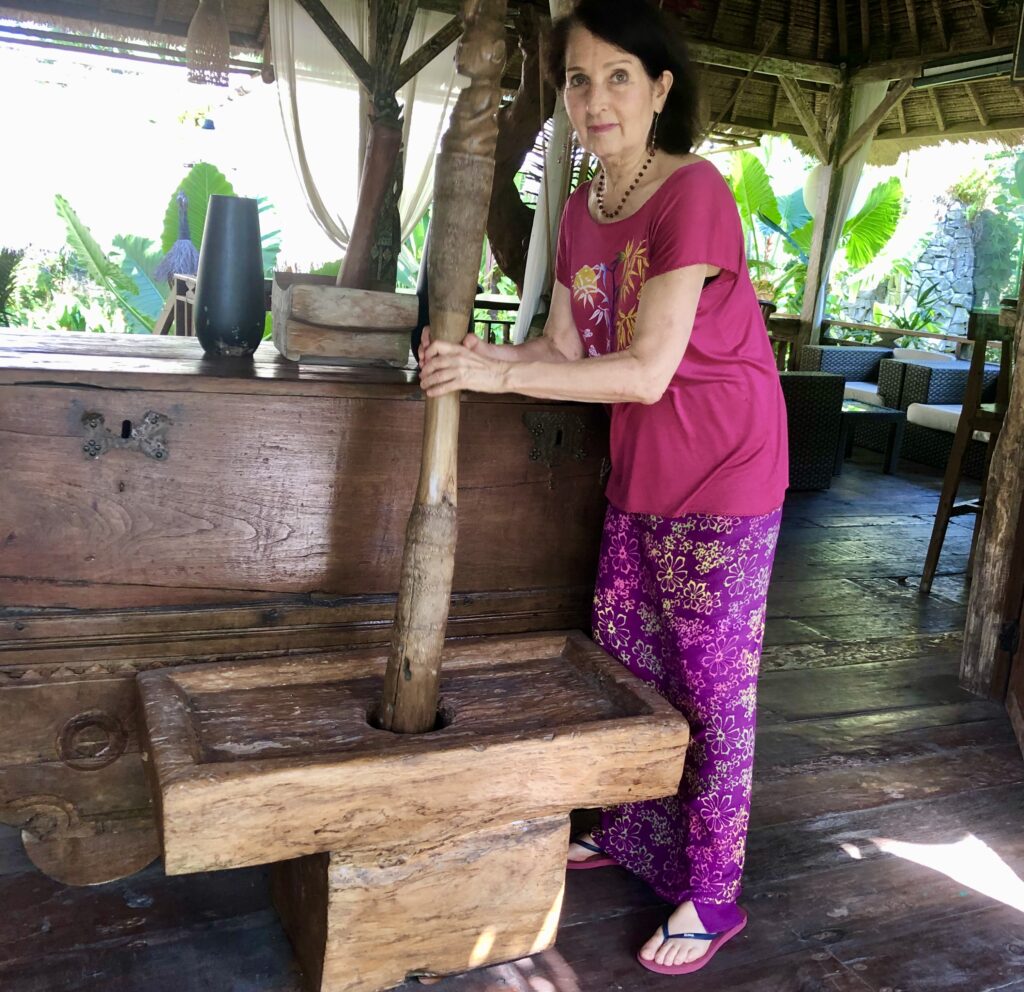
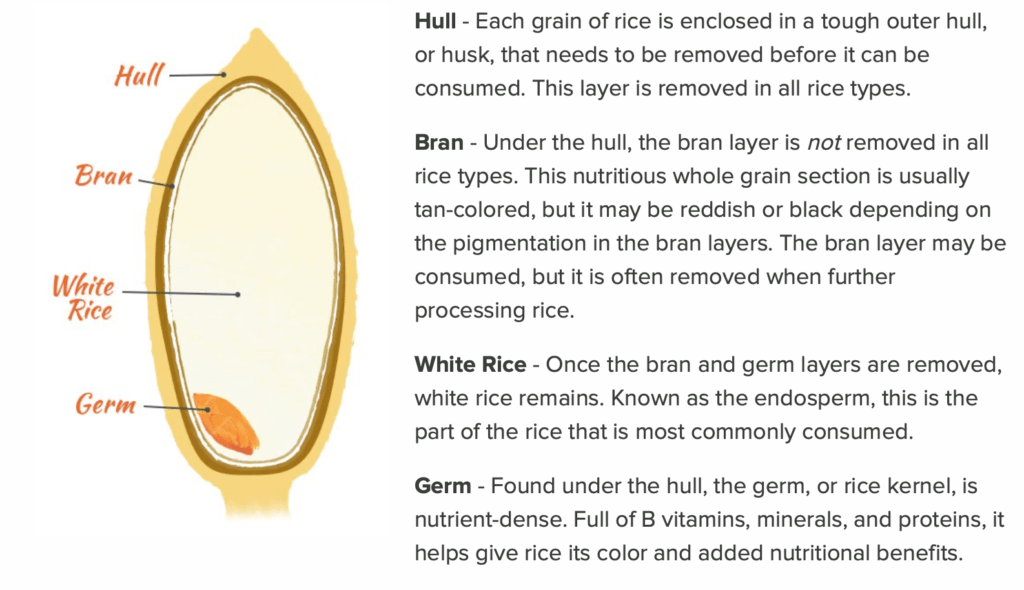
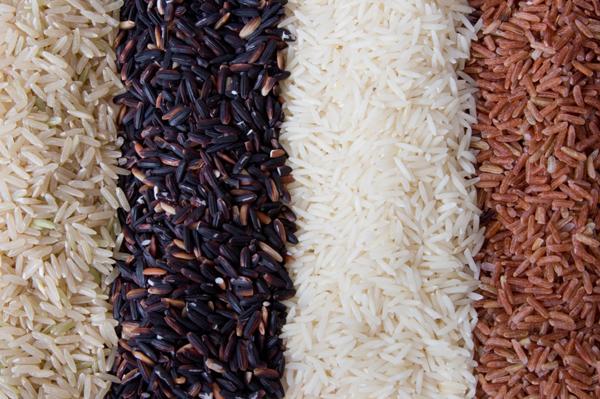
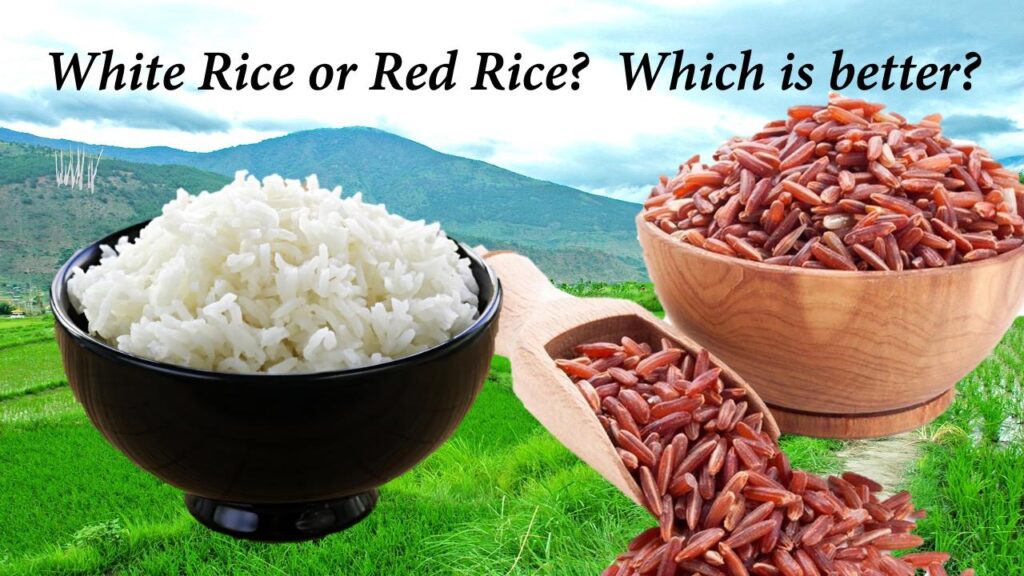
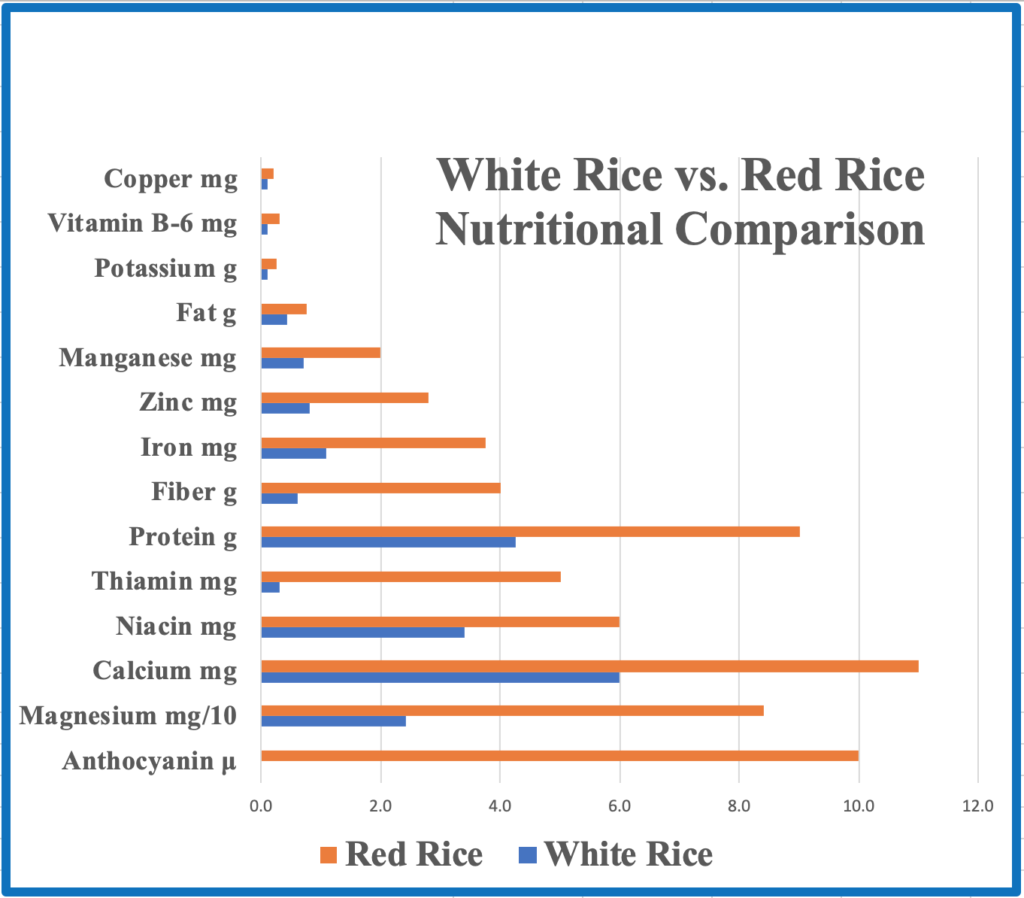
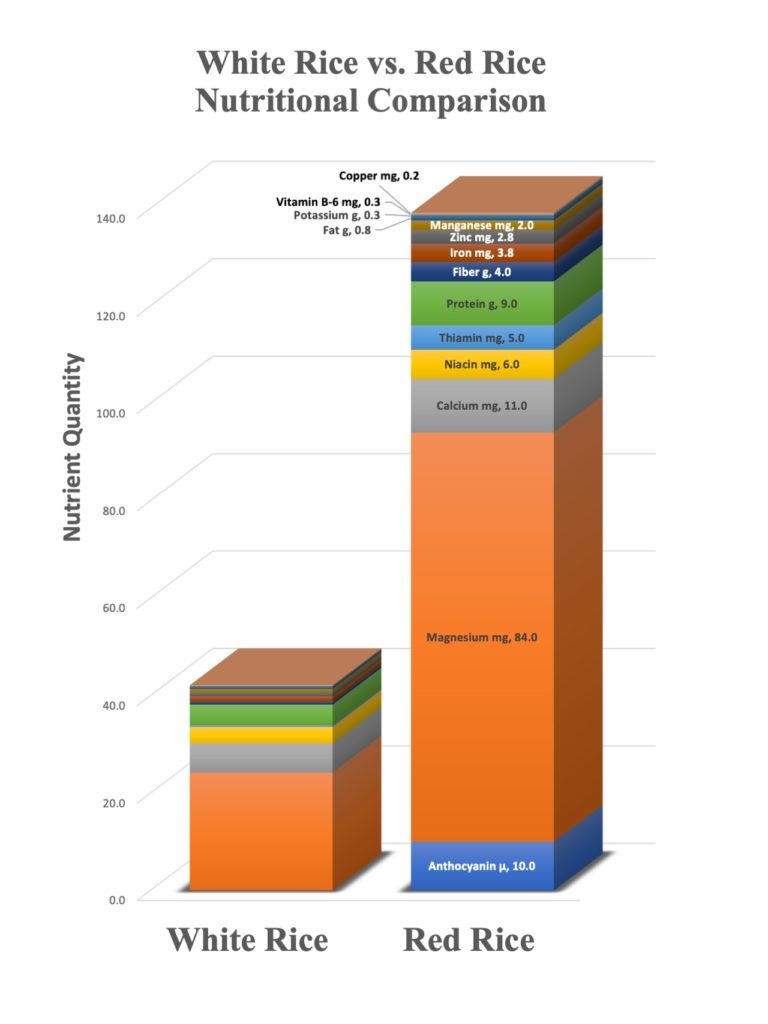


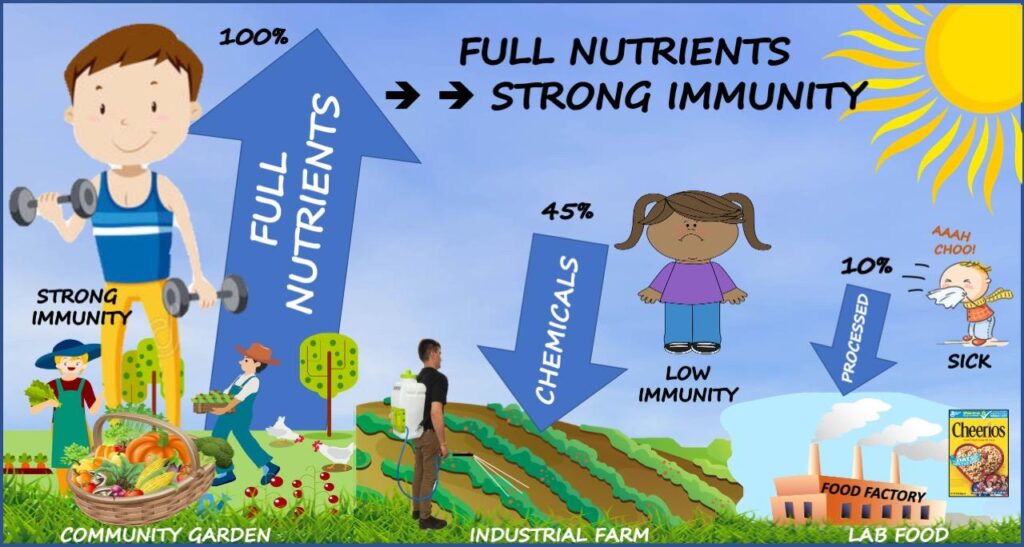

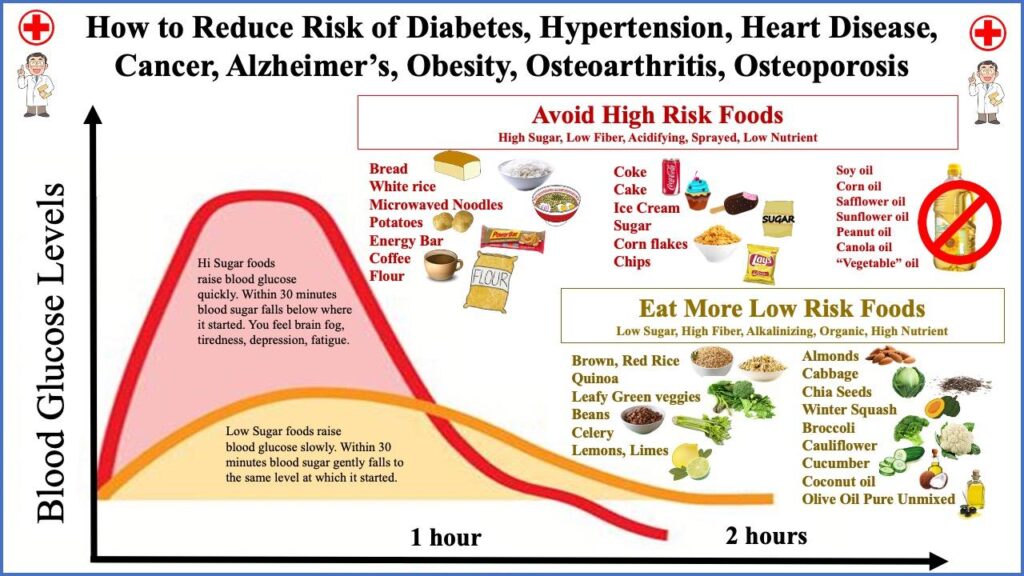
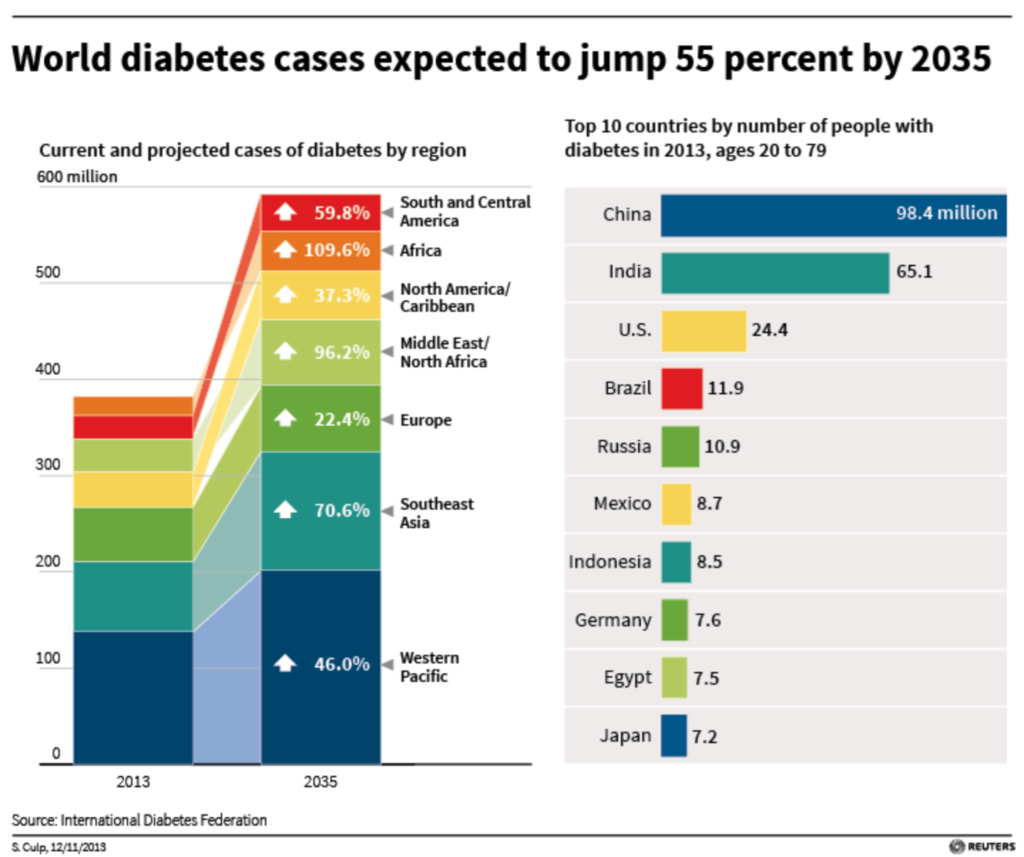
No Replies to “The TOP Forgotten Pandemic: Low Nutrients, Mineral Deficiencies”